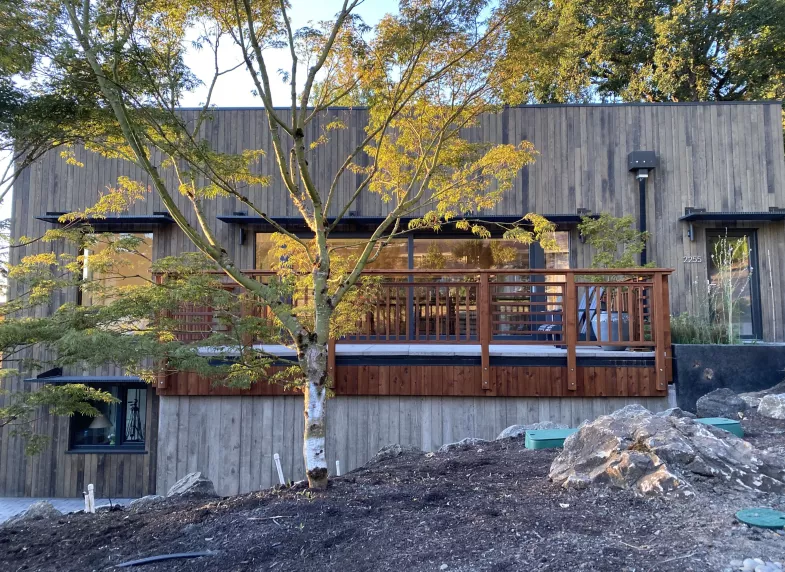
Why should I certify my project?
That is one of the most common questions we get asked by project teams and their clients. It’s a valid question that can be answered in a number of ways. And while we could go on and on about the advantages of Phius certification, we thought it would be helpful to put together a concise guide to help answer this question.
As a Klingenblog reader, you may already be familiar with the topics discussed below, but we invite you to use this as a tool should anyone ask you why they should get their project Phius certified.
Why Certify?
When properly harnessed, passive house principles help create buildings that are efficient, resilient, healthy, durable and comfortable. But if your project is not Phius certified, you have no assurance that it meets any of those criteria.
Simply “incorporating passive house principles” is not enough. Phius certification is the only way to guarantee the quality and performance of a passive house project — like insurance on your investment. Think of certification as a risk management tool.
That is the Phius Difference.
How does the Phius Certification process guarantee results and benefit project teams and clients? We’re glad you asked.
- It provides comprehensive design review and consultation throughout the entire building delivery process — Our technical staff works with teams during the design phase to optimize energy and cost efficiency, and to identify and solve potential problems early on.
- It mandates third-party verification — This ensures the building is designed and constructed to meet the high-performance standards for energy use and that critical systems are commissioned into proper operation. Third-party verification is also typically required by the incentive programs of utilities and governments to insure their investments. It mitigates risk for all stakeholders in a project.
- It introduces risk management — Passive building requires special attention to moisture control and ventilation. Phius Certification staff and third-party QA/QC professionals can identify problem areas at the design stage before they become real-world problems.
- It builds and shares knowledge — As more scenarios, project types and solutions pass through the certification process, Phius pays it forward to future project teams through direct feedback, building the public Certified Project Database and ongoing updates to the Guidebook.
So, what is the certification process like?
The Phius Project Certification process has two main components: design review and final construction review. The design review is an iterative feedback process, often exchanging detailed feedback back and forth with the submitter three times before design certification is awarded.
Phius’ feedback isn’t just a yes/no response. We want your projects to be successful and therefore offer insight when red flags arise and are as committed to taking your project to the finish line as you are.
To learn more about submitting a project for certification, visit our Project Certification web page or email certification@phius.org.